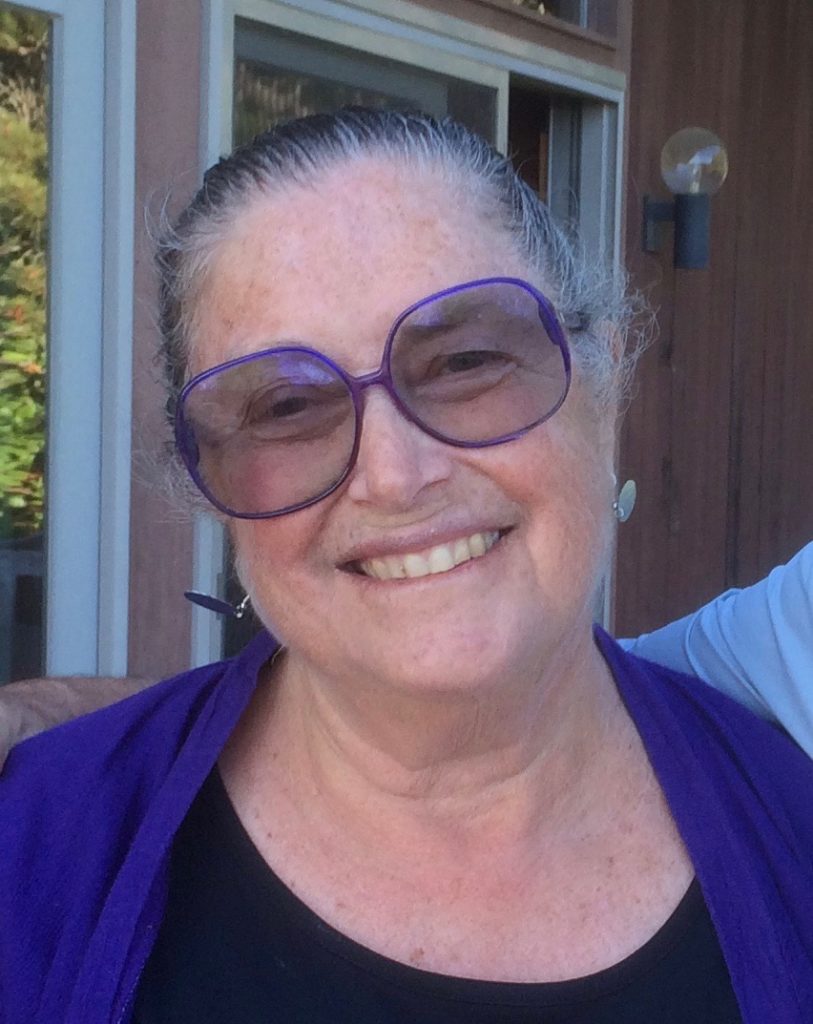 Driving west over the Sagamore Bridge in early October, heading back to Chicago, I sighed as I realized I was once again doing my biannual Persephone act. Ah, but which side of the bridge is the Underworld? There’s the rub.
Driving west over the Sagamore Bridge in early October, heading back to Chicago, I sighed as I realized I was once again doing my biannual Persephone act. Ah, but which side of the bridge is the Underworld? There’s the rub.
In terms of the calendar, I was going from the light of summer to the darkness of winter; in terms of the Greek myth, Chicago would then be Hell, which of course most native New Yorkers think it is, and indeed I (a New Yorker) thought it was when I first arrived, in 1978. But now it is for me a place blazing with light, with the Art Institute and the Lyric Opera and the Chicago Symphony Orchestra and Chicago Shakespeare and Steppenwolf and the University of Chicago. And as I purposely do not play any music in the Truro house from May through October, preferring to listen to the birdsong and the crickets and the hoot owl and the wind in the trees, the Sagamore Bridge is for me (despite the intense but only occasional pleasures of the Cape Cod Chamber Music Festival concerts in Wellfleet) the gateway to music.
Why, then, did my heart skip a beat as I drove over the bridge, and a frisson of sadness pass through me?
The Cape, more precisely my Cape, more precisely Truro, more precisely the precious tiny fiefdom bounded by Ballston Beach and Corn Hill Beach on the east and west, and by Savory and Jams on the north and south, is where I locate the world of nature — sea, sky, wind, coyotes, hummingbirds, beach roses — which would logically leave Chicago the world of art (the Art Institute and all that jazz). But my Cape is a place of artists, painters and sculptors, as well as artists more broadly defined, writers and poets and, indeed, great carpenters and architects. My own small circle of friends consists largely of such people. The metaphor crumbles.
Perhaps ultimately it is a matter of interiority and exteriority, or even of production and consumption. My writer friends and artist friends spend their private hours, as I spend mine, alternating between the pleasures of nature — swimming in the ocean (for the intrepid) or the ponds or the Bay (for the trepid), walking in the woods, watching the sunset, sitting out under the stars — and the pleasures of their work, making things. The beaches and the clouds and the herons are part of our internal life, alongside the paintings and the pages. The two domains intersect in our gatherings over food and wine in the evenings, overlooking some magical view of sky and earth. For those of us who live the Persephone myth, the big city is where these inner meditations go public, where we are enriched by encounters with artists and writers and scholars from long ago and far away.
Perhaps it is really all just about the damn Sagamore Bridge, a natural metaphor for the sadness of leaving one world even for another world that is equally, if differently, beloved. Robert Frost comes riding to my rescue, as usual, this time in his poem “Reluctance,” which begins with a description of autumn and ends:
Ah, when to the heart of man
Was it ever less than a treason
To go with the drift of things,
To yield with a grace to reason,
And bow and accept the end
Of a love or a season?



